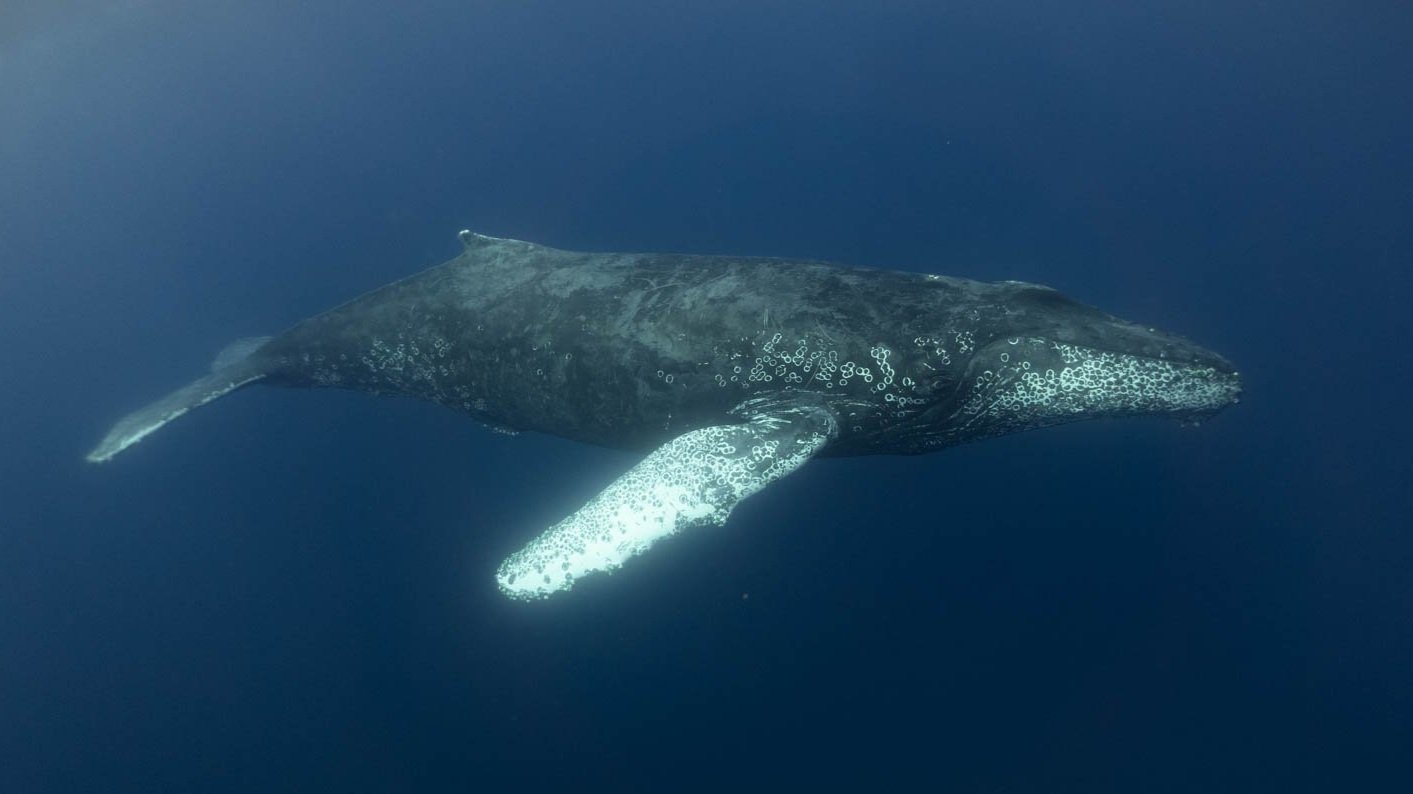The High Seas Treaty
The world's oceans are critical to the survival and well-being of the planet and all its inhabitants. However, the high seas, which are areas beyond national jurisdiction, are facing increasing threats from overfishing, pollution, and climate change. To address these challenges, the international community has been working on a High Seas Treaty, which could transform the way we manage and protect these vast and vital areas. In this blog post, we will discuss the benefits and concerns of the High Seas Treaty, as well as its short and long-term impacts.
What is the High Seas Treaty? The High Seas Treaty, officially known as the United Nations Convention on the Law of the Sea (UNCLOS), is an international agreement that was first adopted in 1982. UNCLOS sets out the legal framework for the use and protection of the world's oceans, including the high seas. The treaty defines the rights and responsibilities of countries in their use of the oceans, and it provides a basis for cooperation in the management of marine resources.
Benefits
Benefits of the High Seas Treaty The High Seas Treaty has several potential benefits for the conservation and management of marine resources. One of the most significant benefits is that it could help to address the issue of overfishing in the high seas. The treaty establishes a framework for the conservation and management of fish stocks, which could help to ensure that these resources are used sustainably.
Another benefit of the High Seas Treaty is that it could help to reduce pollution in the high seas. The treaty requires countries to take measures to prevent and control marine pollution, and it establishes a system for cooperation in the event of pollution incidents.
In addition to these benefits, the High Seas Treaty also supports the establishment of marine protected areas in the high seas. These areas can provide critical habitat for marine species and help to conserve biodiversity.
Concerns
Concerns about the High Seas Treaty Despite its potential benefits, there are also concerns about the High Seas Treaty. One concern is that the treaty could limit the access of developing countries to the resources of the high seas. Some countries fear that the treaty could give too much power to developed countries, which have more resources and technology to exploit the high seas.
Another concern is that the High Seas Treaty may not go far enough in addressing the challenges facing the high seas. For example, some environmental groups argue that the treaty should include stronger measures to address climate change, which is having a significant impact on marine ecosystems.
Short and Long-Term Impacts
In the short term, the High Seas Treaty could lead to increased cooperation among countries in the management of the high seas. The treaty could also lead to the establishment of more marine protected areas and the adoption of stronger measures to address overfishing and pollution.
However, in the short term, it is also possible that the High Seas Treaty could lead to some conflicts among countries. Some countries may feel that the treaty gives too much power to others, and there may be disagreements over the interpretation of the treaty's provisions.
In the long term, the High Seas Treaty could have significant positive impacts on the conservation and management of the high seas. By establishing a legal framework for the use and protection of the oceans, the treaty could help to ensure the sustainable use of marine resources for generations to come.
In addition, the High Seas Treaty could help to address some of the most pressing environmental challenges facing the high seas, such as overfishing and pollution. By promoting cooperation among countries and the establishment of marine protected areas, the treaty could help to conserve marine biodiversity and protect vulnerable marine species.
The High Seas Treaty has the potential to transform the way we manage and protect the world's oceans. While there are concerns about the treaty, its potential benefits are significant. It’s a pivotal moment in climate policies and gives us hope that there is a shift in global policy, where climate change has a higher priority on the agenda.



